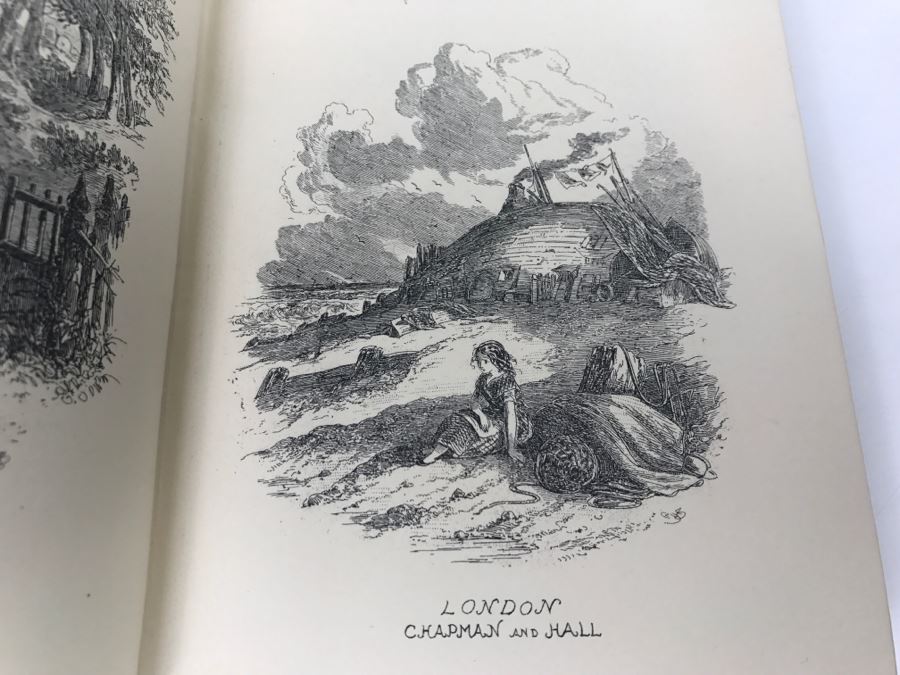


Despite his lack of formal education, he edited a weekly journal for 20 years, wrote 15 novels, five novellas, hundreds of short stories and non-fiction articles, lectured and performed extensively, was an indefatigable letter writer, and campaigned vigorously for children's rights, education, and other social reforms.ĭickens was regarded as the literary colossus of his age. His novels and short stories enjoy lasting popularity.ĭickens left school to work in a factory when his father was incarcerated in a debtors' prison.

His works enjoyed unprecedented popularity during his lifetime, and by the twentieth century critics and scholars had recognised him as a literary genius.

In his new introduction, Jeremy Tambling discusses the novel's autobiographical elements, and its central themes of memory and identity.Ĭharles John Huffam Dickens (1812-1870) was a writer and social critic who created some of the world's best-known fictional characters and is regarded as the greatest novelist of the Victorian era. This edition uses the text of the first volume publication of 1850, and includes updated suggestions for further reading, original illustrations by 'Phiz', a revised chronology and expanded notes. In David Copperfield - the novel he described as his 'favourite child' - Dickens drew revealingly on his own experiences to create one of the most exuberant and enduringly popular works, filled with tragedy and comedy in equal measure. Among the gloriously vivid cast of characters he encounters are his tyrannical stepfather, Mr Murdstone his brilliant, but ultimately unworthy school-friend James Steerforth his formidable aunt, Betsey Trotwood the eternally humble, yet treacherous Uriah Heep frivolous, enchanting Dora Spenlow and the magnificently impecunious Wilkins Micawber, one of literature's great comic creations. David Copperfield is the story of a young man's adventures on his journey from an unhappy and impoverished childhood to the discovery of his vocation as a successful novelist.


 0 kommentar(er)
0 kommentar(er)
